Are you looking to improve the look of your lawn, or make it easier to take care of? If so, it may be time to consider replacing your existing grass with tall fescue or fine fescue. From their names alone, you can guess these grasses have some distinctions between them – and you would be right! In this blog post, we’ll discuss the differences between tall fescue and fine fescue from a parts-per-million basis: what sets each apart from each other in terms of texture, maintenance needs, drought-resistance and more. Whether you’re an experienced home gardener looking for ways to get the most out of your green space or just getting started with selecting turfgrass for your lawn, our comparison guide will help answer all your questions about these two popular types of grasses.
Table of Contents
Defining Characteristics of Tall Fescue
Extensive Watering Needs
Tall fescue requires twice as much water as fine fescue. This means that it needs to be watered regularly, especially during its active growing season, which generally runs from late spring through summer.
Tough Texture
Tall fescue has an extremely tough texture and is difficult to mow since it tends to clump up. It also takes longer to recover than many other grasses. [1]
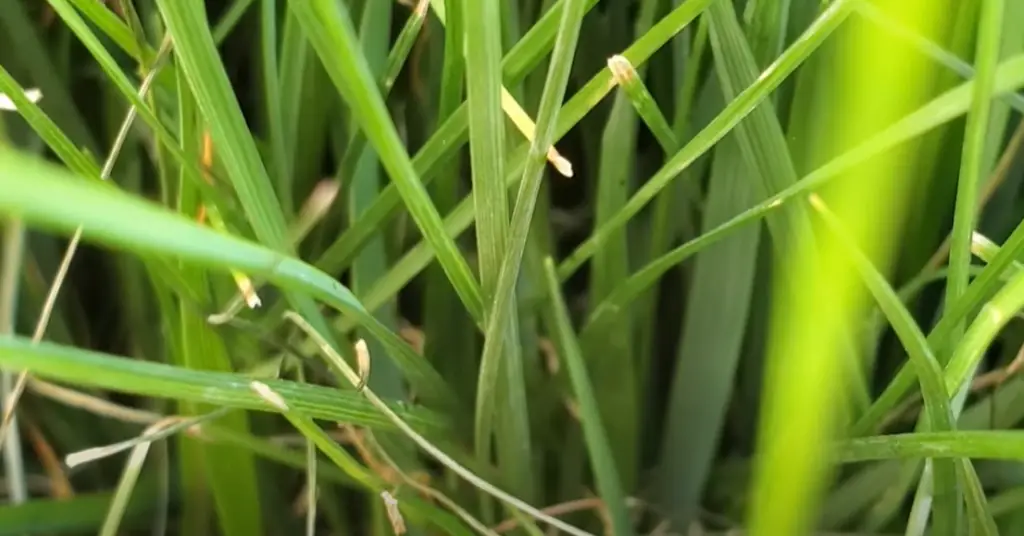
High Maintenance
Because of its extensive watering needs and tendency to clump, tall fescue requires high levels of maintenance in order to keep its lush green look throughout the year.
Drought Resistance
While tall fescue will tolerate some drought conditions better than other types of grass, it still requires more frequent watering than fine fescue.
Darker Foliage
Tall fescue has a deep, dark green color that stands out in the landscape.
Excellent Foot Traffic Tolerance
Tall fescue has excellent foot traffic tolerance, making it a great choice for active areas of your lawn or garden.
Defining Characteristics of Fine Fescue
There Are Several Types Of Fine Fescue
The fine fescue family consists of several tall and delicate-bladed grasses, offering an elegant aesthetic to any landscape. Among the types of Fescue grasses are hard, chewings, creeping red and sheep’s varieties. They are all cool season grasses that like well-drained soil with plenty of sunlight. The most drought tolerant variety within the group is Chewings Fescue, which can survive in dryer conditions than other varieties.
Low Fertilization Needs
Fine Fescue requires less fertilizer than Tall Fescue and can survive in soil with lower levels of nutrients. This makes them ideal for those looking to maintain a lawn without having to invest too much money in fertilizers or soil treatments. Additionally, since their root system is shallow, they require less water than Tall Fescue and are better suited for areas that don’t receive a lot of rainfall. [2]
Narrow Leaves
Unlike Tall Fescue, Fine Fescue has narrow leaves and a finer texture. This makes it an ideal choice for homeowners looking to maintain a more formal or well-manicured lawn. It also means that it will require less mowing than other grasses, as the blades are shorter and narrower.
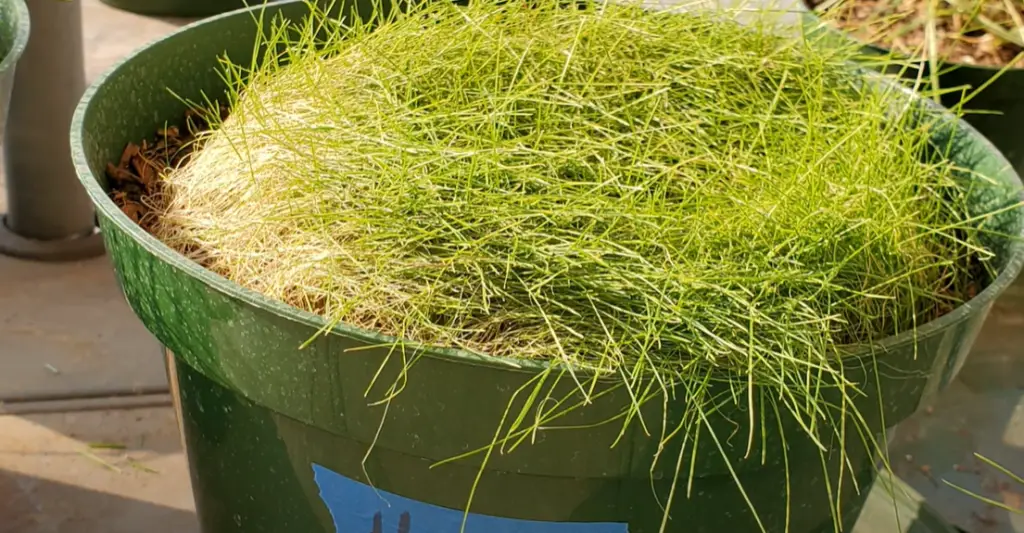
Cool Tolerant
Fine Fescue is particularly suited for areas with cooler climates, as it can handle temperatures down to 0 degrees Fahrenheit (minus 17 Celsius). This makes it an ideal choice for those living in regions that experience cold winters. Additionally, although these cool season grasses go dormant during the summer months, they will recover quickly when temperatures drop once again.
Succumbs Easily To Diseases
Although Fine Fescue is drought tolerant and low maintenance, it is susceptible to certain diseases. These include red thread, rust, and brown patch. In order to minimize the risk of these diseases, you should ensure that your lawn receives enough water and that any dead grass or leaves are removed promptly. Additionally, proper fertilization can help maintain a healthy lawn. [3]
Not That Tolerant Of Traffic
Due to its shallow root system, Fine Fescue does not do well with heavy traffic. This means that it is not a suitable choice for lawns that will be used for activities such as running or playing sports. If you are looking for a grass to withstand heavier use, you may want to consider Tall Fescue instead.
Comparing Tall Fescue vs Fine Fescue
It is clear that both grass varieties have a great deal of similarities in terms of their ability to withstand fluctuating temperatures and climate conditions. Both are also low-maintenance varieties, meaning they do not require much effort for upkeep.
In terms of differences, Tall Fescue has thicker blades that tend to make the lawn look greener, while Fine Fescue appears more blue-green or grayish in color. This makes Tall Fescue ideal for areas with high levels of traffic or where a lush looking lawn is desired, such as around houses and commercial buildings. On the other hand, Fine Fescue adapts better to shady areas with less foot traffic and tends to provide a softer texture than its counterpart.
Overall, both types of fescues are vigorous growers and require very little maintenance. When it comes to differences between them however, the main factors to consider include blade thickness, color, foot traffic tolerance, and watering requirements. Ultimately, it is up to the property owner’s preference as to which type of grass they should choose for their lawns. With proper care and attention any one of these varieties can create a lush environment suitable for any environment.
By understanding the differences between Tall Fescue and Fine Fescue, property owners can now make an informed decision of which grass variety is best for their unique situation. With proper maintenance, both types of fescues are capable of providing beautiful and low-maintenance lawns that require minimal effort to maintain. Finally, by having a better understanding of these two varieties, homeowners will be able to create an outdoor space they will enjoy for many years to come. [4]

Appearance of Tall Fescue and Fine Fescue
Tall Fescue is a coarse-textured turfgrass that has deep green foliage, while Fine Fescue is finer in texture and has a lighter shade of green. It can also have a more yellowish hue when compared to Tall Fescue. The leaves of Tall Fescue are generally wider than those of Fine Fescue, making it appear thicker and fuller.
In terms of height, Tall Fescue typically grows taller than Fine Fescue, reaching heights of up to 3 feet or more. While Fine Fescues tend to grow between 1-2 feet tall. Both types of grasses feature long root systems which allow them to survive droughts better than other grass types. [5]
Best Uses for Tall Fescue
Tall fescue is a cool season grass that typically grows in northern climates. It has a deep root system, which allows it to survive cold winters and hot summers without needing much water or fertilizer. As such, tall fescue is often chosen as an ideal turfgrass for homeowners with large lawns who want minimal maintenance. The grass also stands up well to heavy foot traffic and can be easily mowed into a neat, even shape.
Besides being environmentally friendly by requiring less water and fertilizer, the deep-rooting of tall fescue makes it useful for erosion control on steep slopes or embankments where frequent rainfall could cause soil loss. Because of its rapid growth and ability to spread easily, tall fescue is also a great choice for grass seed mixes, helping to reduce weed growth and give the lawn a consistent look.
Overall, tall fescue is an excellent option for homeowners who want a low-maintenance lawn with good drought tolerance that can withstand heavy traffic. It requires minimal care and maintenance but provides plenty of aesthetic appeal!
Best Uses for Fine Fescue
Fine Fescue is a great choice for cool, shady areas where other grasses do not tend to grow well. It is particularly suited to steep slopes and other difficult-to-maintain areas that Tall Fescue may struggle with due to its deep root system. Fine Fescue also requires less fertilizer and can tolerate drought conditions better than Tall Fescue. In addition, it has an attractive bluish-green color, is slow growing, and requires less maintenance than Tall Fescue.
Fine Fescue works best in yards that have partial or full shade coverage since it does not perform as well in direct sunlight like Tall Fescue. This grass grows well on acidic soils with pH levels between 5.0 and 6.5 and can be used in any region of the country, making it a versatile solution for a range of environments. It’s also ideal for areas with low traffic since its fibers are not as tough as other turf grasses.
Soil Types
Tall Fescue grows best in well-drained, fertile soils with a pH of 6 or higher. It is tolerant of clay soils and can survive in areas that experience occasional flooding. The roots of tall fescue go deep, helping to hold moisture and nutrients for the grass. Fine Fescue does not grow well in heavy clay soils because it has shallow roots. It prefers light sandy loam soils that are more acidic than Tall Fescue (a pH below 6). Due to its small root system, fine fescue requires regular watering and fertilizing to thrive.

Water Needs
Tall Fescue grows in a wide range of climates, and is relatively drought-tolerant. It does not require as much watering as other grasses and can survive long periods without water or irrigation. Fine Fescue has shallow roots which limits its drought tolerance. It needs more frequent watering than Tall Fescue to keep it healthy, especially during prolonged dry spells. [6]
Mowing
Tall fescue should be mowed at least once per week with a sharp blade set to 2 ½ inches or higher. This height allows the plant enough leaf area to photosynthesize and produce new growth. Fine fescue should also be mowed weekly, but at a lower height of 1 ½ inches or less. Mowing at this height will help promote a denser, more uniform lawn.
Fertilizing
Tall Fescue should be fertilized in early spring and late fall when the soil is moist and temperatures are cool. Apply a slow release fertilizer between 1 to 2 times per year with the recommended rates for your area. Fine Fescue, on the other hand, does not require frequent fertilization and benefits from small amounts of organic compost applied in spring and fall.
Sun, Shade, and Temperature Requirements
Tall Fescue and Fine Fescue are very different in terms of their sun and shade requirements. Tall Fescue requires full-sun to thrive, while Fine Fescue prefers shady areas. When it comes to temperature, tall fescue prefers warm weather and can survive temperatures as low as 10 degrees Fahrenheit (-12 Celsius). On the other hand, fine fescue is more cold tolerant and can withstand temperatures below 0 degrees Fahrenheit (-18 Celsius).
In conclusion, it’s important to consider both sun/shade requirements and temperature tolerances when choosing between tall fescue vs. fine fescue for your lawn. Tall Fescue is best suited for full-sun areas with warm temperatures, while Fine Fescue prefers shady areas with cold climates. With the right maintenance routine, you can ensure that your grass remains lush and green all year round!
Durability and Disease Resistance
When it comes to durability, tall fescue is the clear winner. Tall Fescue has a dense root system and can easily withstand wear and tear from foot traffic. In addition, this type of grass is also highly resistant to various diseases and pests. On the other hand, fine fescue’s shallow root system makes it more prone to damage and disease. For best results, it’s important to keep your turf well-maintained in order to ensure that it remains healthy throughout the year.
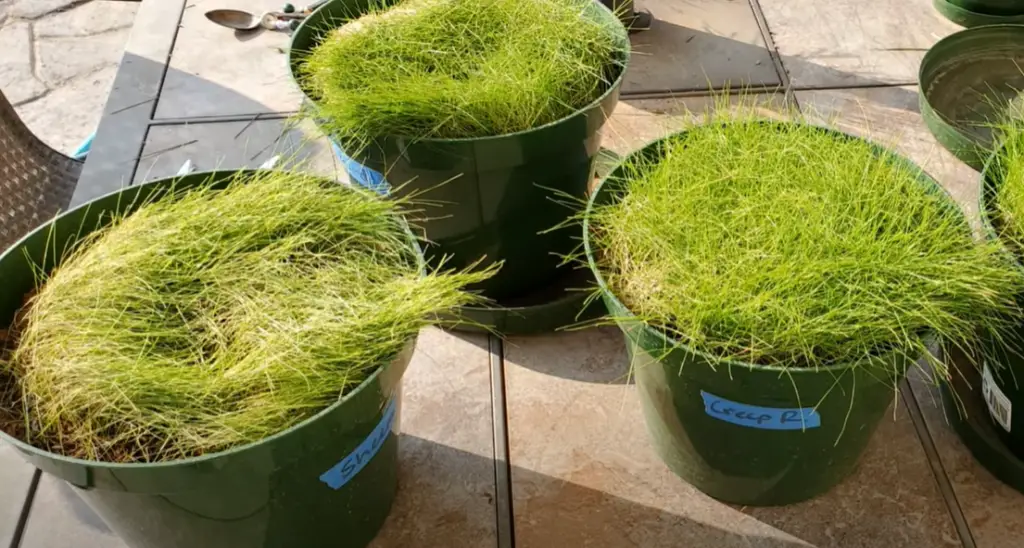
Are There Better Strains of Tall Fescue or Fine Fescue?
Yes. The newer strains of tall and fine fescue have been bred to provide superior performance in lawns, golf courses and sports fields. These improved varieties are more resistant to disease and drought, require less fertilizer, and can better handle heavy traffic than traditional varieties. However, the choice between tall or fine fescue ultimately depends on your needs; both types of grasses have their advantages and limitations in different climates, soils and regions.
Tall fescue tends to be better-suited for areas with hot summers and cold winters such as those found in the Midwest and Eastern parts of the United States. It has a deep root system that makes it more tolerant of heat, drought and wear than most other turf grasses. Tall fescue also requires less nitrogen fertilizer than other turf grasses and is relatively disease-resistant. It can handle moderate foot traffic, although high-density cultivars are better for heavy wear and tear.
Fine fescue, on the other hand, is better-suited to cool climates with mild winters such as in parts of the Pacific Northwest and upper Midwest. It has a shallow root system that makes it vulnerable to extreme heat or cold but it fares better under temperature fluctuations than tall fescue. Fine fescue also needs more water than tall fescue, but it’s great at handling low fertility soils, doesn’t need much mowing compared to other grasses, and can handle light foot traffic. [7]
Tall Fescue vs Fine Fescue: Cost Considerations
When it comes to cost, there are several factors that come into play. This can include the cost of purchasing grass seed, any applicable installation fees, and ongoing maintenance costs. Tall fescue is generally viewed as being more affordable when compared to fine fescue in most cases. The initial cost of purchasing tall fescue will typically be less expensive than fine fescue due to its greater availability and ease of growth. It may also take less time for tall fescue lawns to become established since they germinate faster than fine fescues.
Regarding installation costs, tall fescue typically requires fewer steps overall – such as seeding, fertilizing, and watering – when compared to fine fescue. In addition, tall fescue usually requires less frequent watering and mowing than fine fescue, resulting in lower maintenance costs over time. Long-term, tall fescue may also be more cost-effective due to its greater tolerance of temperature extremes and increased resistance to disease.
FAQ
What is a fine fescue?
Fine fescue is a type of grass that has finer and narrower blades than traditional tall fescue. It can tolerate drought, cold temperatures and shade better than tall fescue, but it also grows more slowly. Fine fescue is usually mixed with other types of turfgrass to create a more diverse lawn.
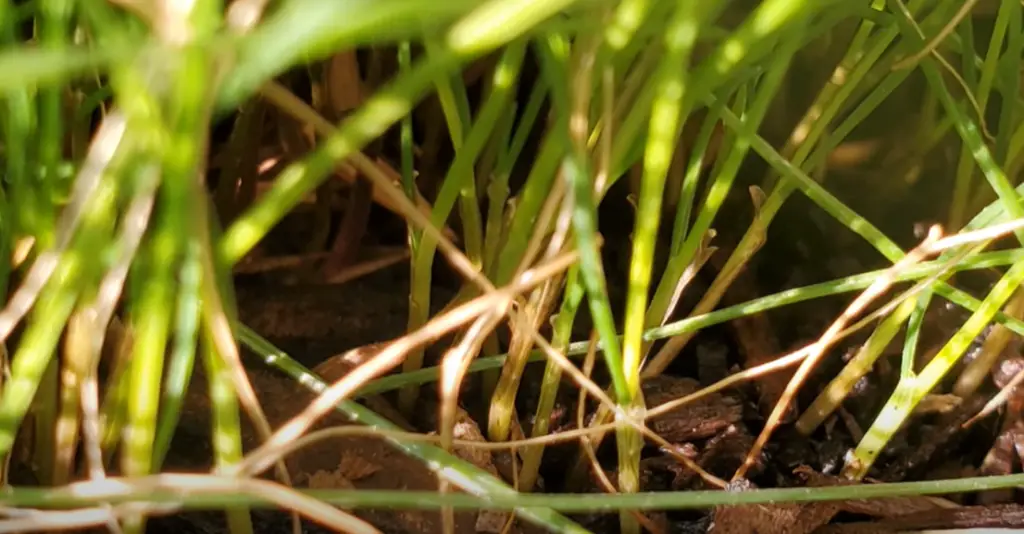
What are the benefits of using fine fescue?
The benefits of using fine fescue include its ability to tolerate drought, cold temperatures and shade better than traditional tall fescue, as well as its slower growth rate. Additionally, fine fescue requires less water and fertilizer than other grasses and is considered relatively low-maintenance once established.
How much does it cost to install fine fescue?
The cost of installing fine fescue will depend on the size of your lawn and the type of grass that is used, as well as any additional services such as fertilization or seeding. Generally, you can expect to pay between $400-$600 for a small area (less than 2,000 sq. ft.) and between $1,000-$2,000 for larger areas (up to 5,000 sq ft.).
What is the difference between tall fescue and fine fescue?
Tall fescue and fine fescue are two types of turfgrass that can be used for many different lawns. The main difference between them lies in their leaf blade size, growth speed, and overall appearance. Tall fescue has a larger leaf blade than its fine counterpart, giving it a coarser texture. This makes it ideal for areas with heavy traffic; the thicker blades can withstand the wear and tear better than fine fescue. Tall fescue also grows faster than fine fescue, so if you want to create an area that is thickly covered quickly, tall fescue might be your best choice. However, it is important to note that tall fescue requires more fertilizer and irrigation than fine fescue, so if you want to keep your lawn maintenance costs low, fine fescue might be a better option.
Fine fescue has a finer texture and look than tall fescue, making it ideal for areas that are meant to be admired. The slower growing blades of this grass also require less water and fertilizer than tall fescue; however, they may not hold up as well in heavily trafficked areas.
What is the difference between tall fescue and turf-type tall fescue?
Tall fescue is a bunchgrass that grows as a single clump and can reach heights of up to 5 feet. It’s often used for erosion control and its coarse texture makes it great for animal grazing. Turf-type tall fescue, on the other hand, is bred specifically for lawns and golf courses. It produces an attractive turf with good wear tolerance but requires more fertilizer than tall fescue.
What is the best type of fescue grass?
This really depends on your specific needs. All types of fescue grasses have advantages and disadvantages, so it’s important to consider what kind of maintenance you’re willing to invest in. For example, if you want a low-maintenance lawn that can handle wear and tear, turf-type tall fescue may be best for you. On the other hand, if you don’t mind putting in more work or are looking for a tall grass option with good erosion control, tall fescue might be better suited for your needs. Ultimately, only you will know which type is right for your landscape and lifestyle.
Useful Video: Fine Fescue vs Tall Fescue: How Are They Different & What Type is Best
Conclusion
When it comes to which grass is best for your lawn, there are a few considerations. Fine fescue is ideal for cooler climates and areas that receive little sunshine, whereas tall fescue works well in warm climates and sunny conditions. While both types of grass can provide a lush green lawn, deciding between tall fescue and fine fescue depends on the climate where you live and the amount of sunlight your yard receives. Ultimately, both have their advantages and disadvantages, so you should investigate carefully before making a decision. No matter what type of grass you choose, taking good care of it will ensure that your lawn remains healthy and attractive year-round.
Good luck!
References:
- https://www.ehow.com/facts_7843594_difference-tall-fescue-fine-fescue.html
- https://lawnmowerguru.com/tall-fescue-vs-fine-fescue/
- https://www.evergreenseeds.com/tall-fescue-vs-fine-fescue/
- https://www.ndsu.edu/pubweb/chiwonlee/plsc211/student%20papers/articles08/GarrettSchultz/Fescue%20Grasses.html
- https://ipm.missouri.edu/meg/2014/8/understanding-those-fescues/
- https://www.greenviewfertilizer.com/articles/all-about-fescue-grasses/
- https://www.pennington.com/all-products/grass-seed/resources/all-you-need-to-know-about-tall-fescue

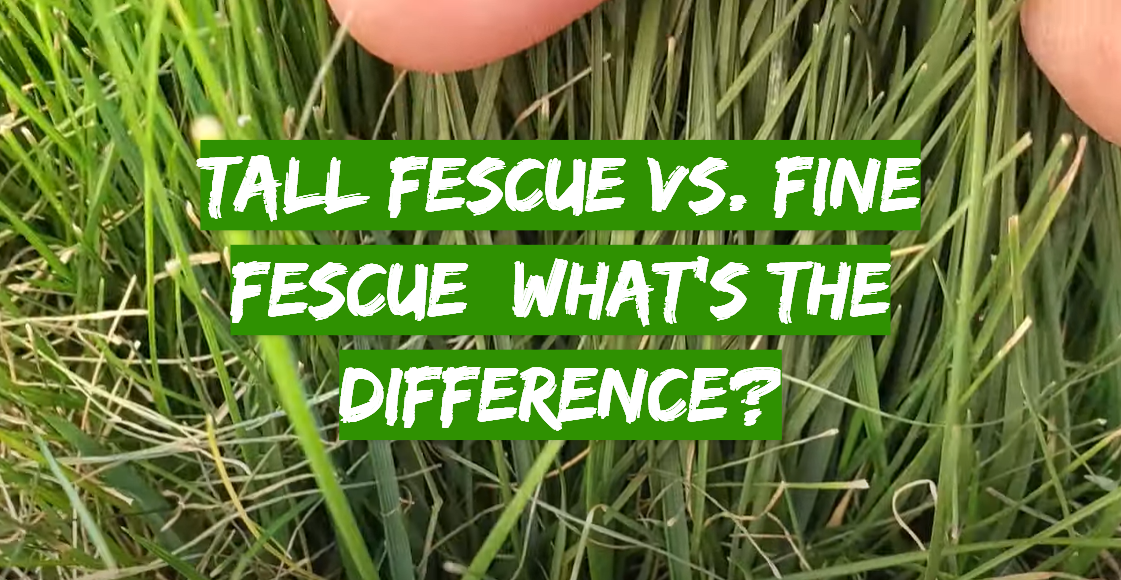



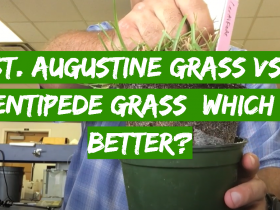
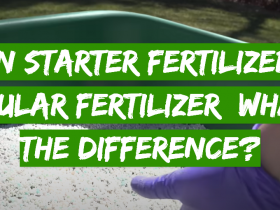
Leave a Reply
View Comments